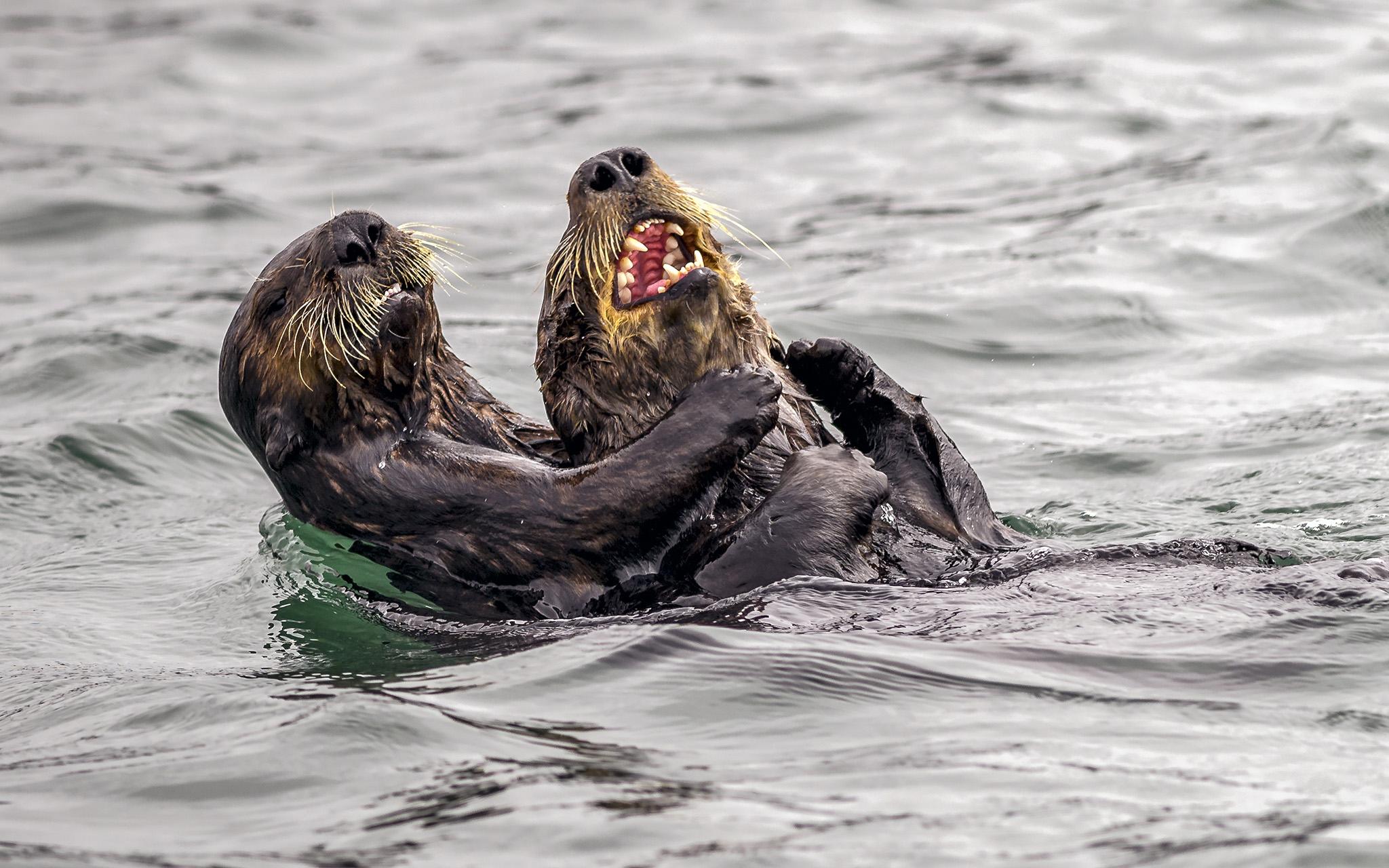The Independent's journalism is supported by our readers. When you purchase through links on our site, we may earn commission.
‘Potentially devastating’: Melting Arctic sea ice causing deadly virus to spread in marine mammals, scientists find
Climate change allowing seals to pass from Atlantic to Pacific Oceans and spread disease

Your support helps us to tell the story
From reproductive rights to climate change to Big Tech, The Independent is on the ground when the story is developing. Whether it's investigating the financials of Elon Musk's pro-Trump PAC or producing our latest documentary, 'The A Word', which shines a light on the American women fighting for reproductive rights, we know how important it is to parse out the facts from the messaging.
At such a critical moment in US history, we need reporters on the ground. Your donation allows us to keep sending journalists to speak to both sides of the story.
The Independent is trusted by Americans across the entire political spectrum. And unlike many other quality news outlets, we choose not to lock Americans out of our reporting and analysis with paywalls. We believe quality journalism should be available to everyone, paid for by those who can afford it.
Your support makes all the difference.Climate change could be to blame for spikes in a deadly virus among otters, seals and sea lions around the Arctic, a new study has suggested.
Phocine distemper virus (PDV) has been common in the northern Atlantic ocean for decades but as a result of melting Arctic sea ice it has now appeared among marine mammals in the northern Pacific ocean too.
The 15-year study which tracked the animals via satellite found PDV, which can kill some species, was most common in years when so much Arctic ice melted it became possible for mammals to move freely from the Atlantic to Pacific regions.
Steadily rising global temperatures due to climate change have meant more and more sea ice is melting around the Arctic, opening up sea lanes which for thousands of years have been impassable.
Between 1979 and 2018, Arctic sea ice declined on average 12.8 per cent each decade, according to the Intergovernmental Panel on Climate Change (IPCC).
“These sea ice changes in September are likely unprecedented for at least 1,000 years,” the IPCC said in a report published in September.
The scientists said a severe spike in PDV in 2003 and 2004 among marine mammals in the northern Pacific was connected to a record ice melt in August 2002.
Testing showed about 30 per cent of Stellar sea lions in the northern Pacific Ocean were infected with the disease, which had previously been mostly confined to Atlantic populations.
PDV did not peak again in the Pacific until 2009, which was also just one year after widespread melting in 2008 that created open water passage routes.
“The loss of sea ice is leading marine wildlife to seek and forage in new habitats and removing that physical barrier, allowing for new pathways for them to move,” one of the study’s authors Dr Tracey Goldstein, from the University of California, Davis, told the BBC.
“As animals move and come in contact with other species, they carry opportunities to introduce and transmit new infectious disease, with potentially devastating impacts.”
Symptoms of PDV include laboured breathing, fevers and attacks on the nervous system. It was first identified in the late 1980s after unprecedented epidemics swept through populations of seals and sea lions, beginning with landlocked seals in Lake Baikal in Siberia.
This first outbreak killed about 18,000 harbour seals in the North and Baltic Seas. Another epidemic in 2002 in the North Sea is believed to have wiped out more than half of the seal population in the region.
Join our commenting forum
Join thought-provoking conversations, follow other Independent readers and see their replies
Comments